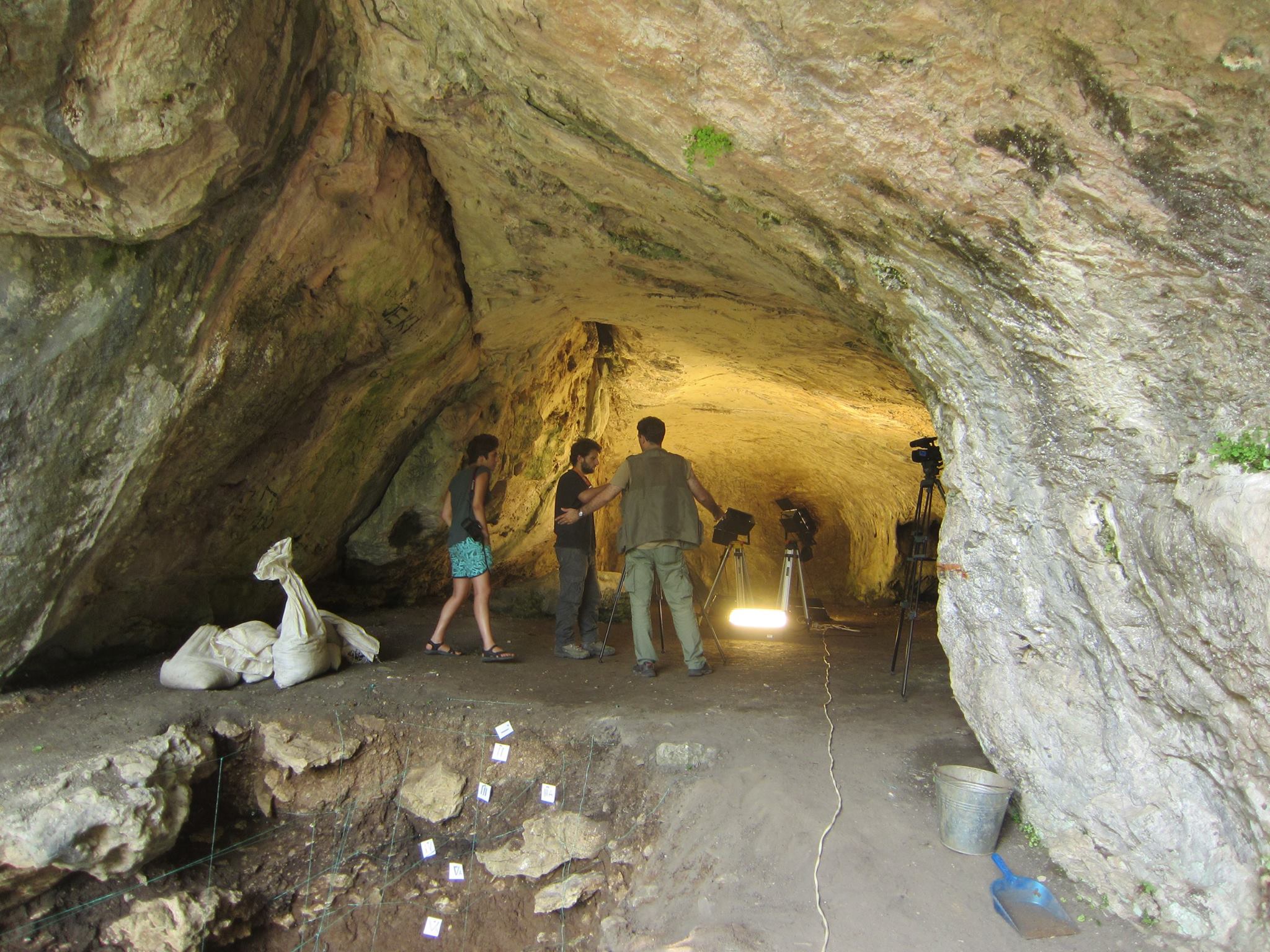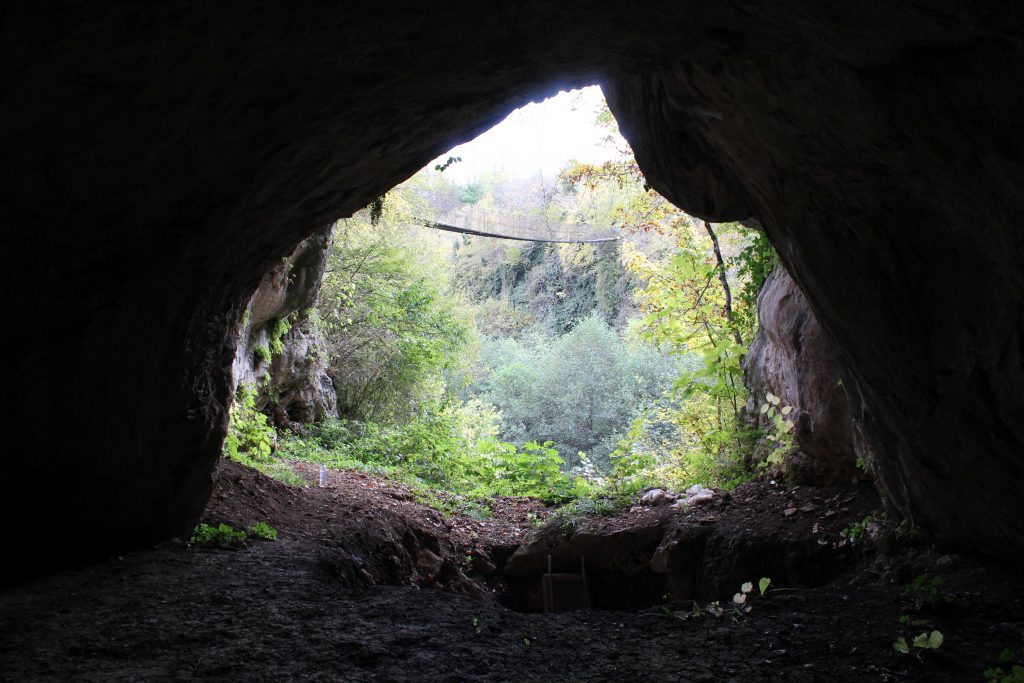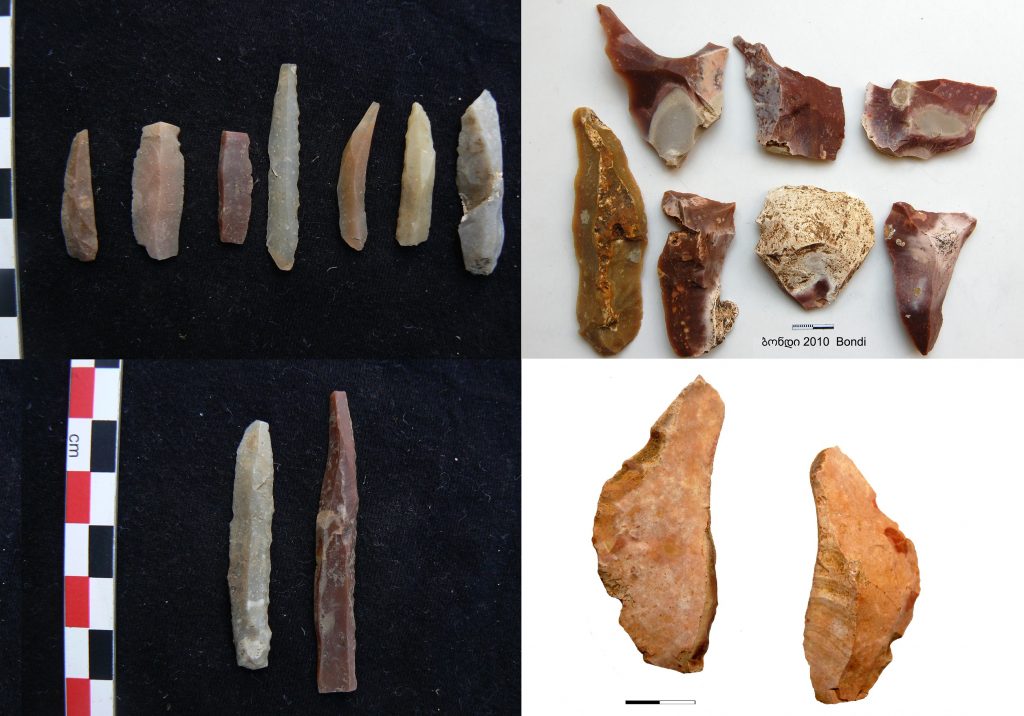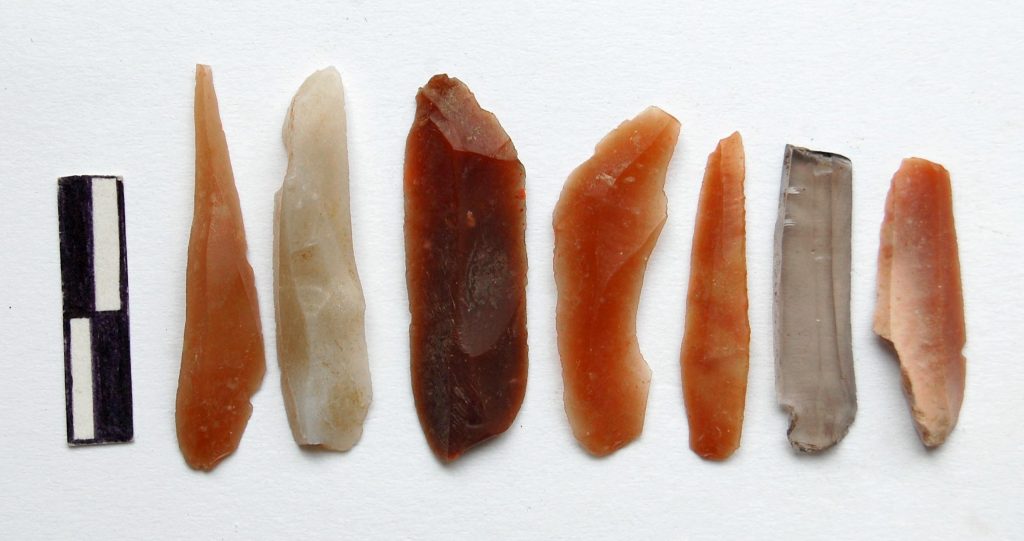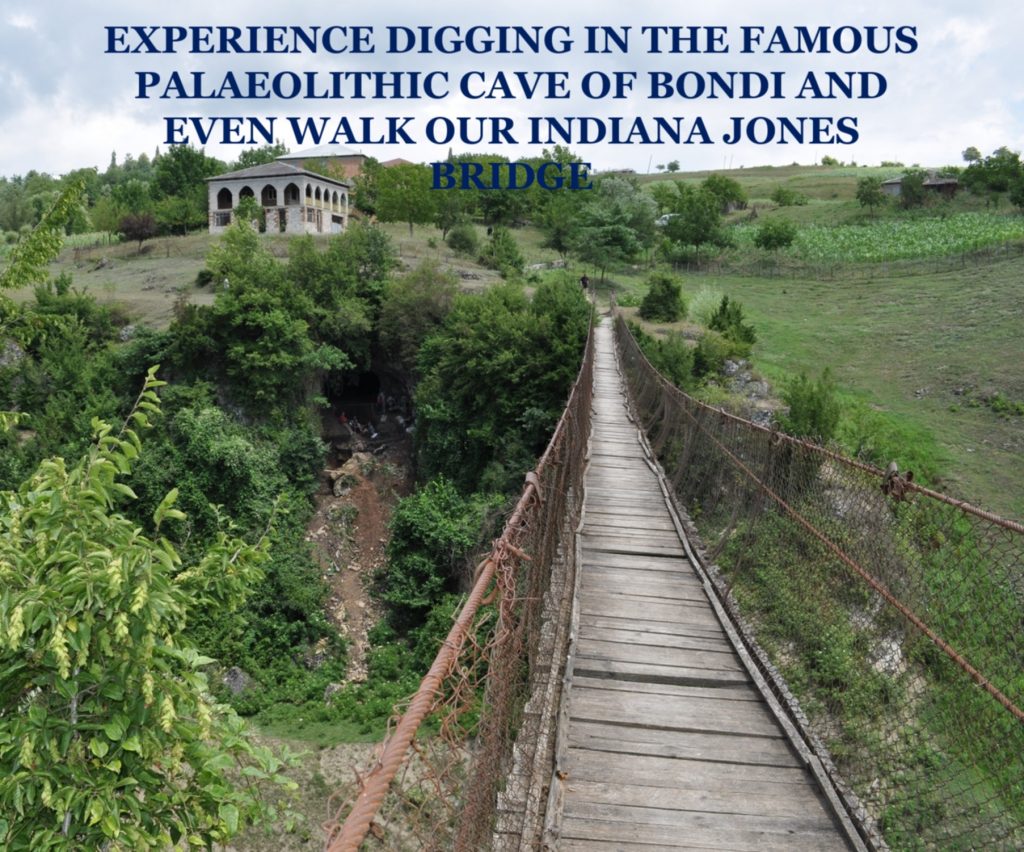You will receive archaeological training and instruction in:
- Single-context excavation and recording
- Maintaining accurate site records
- Archaeological photography
- Archaeological interpretation and sequencing
- Drawing archaeological plans and sections to appropriate scales
- Archaeological survey
- Artefact retrieval and finds cataloguing
- Lithic identification and typological analysis
- Environmental sampling strategies
- Site conduct and health and safety considerations
